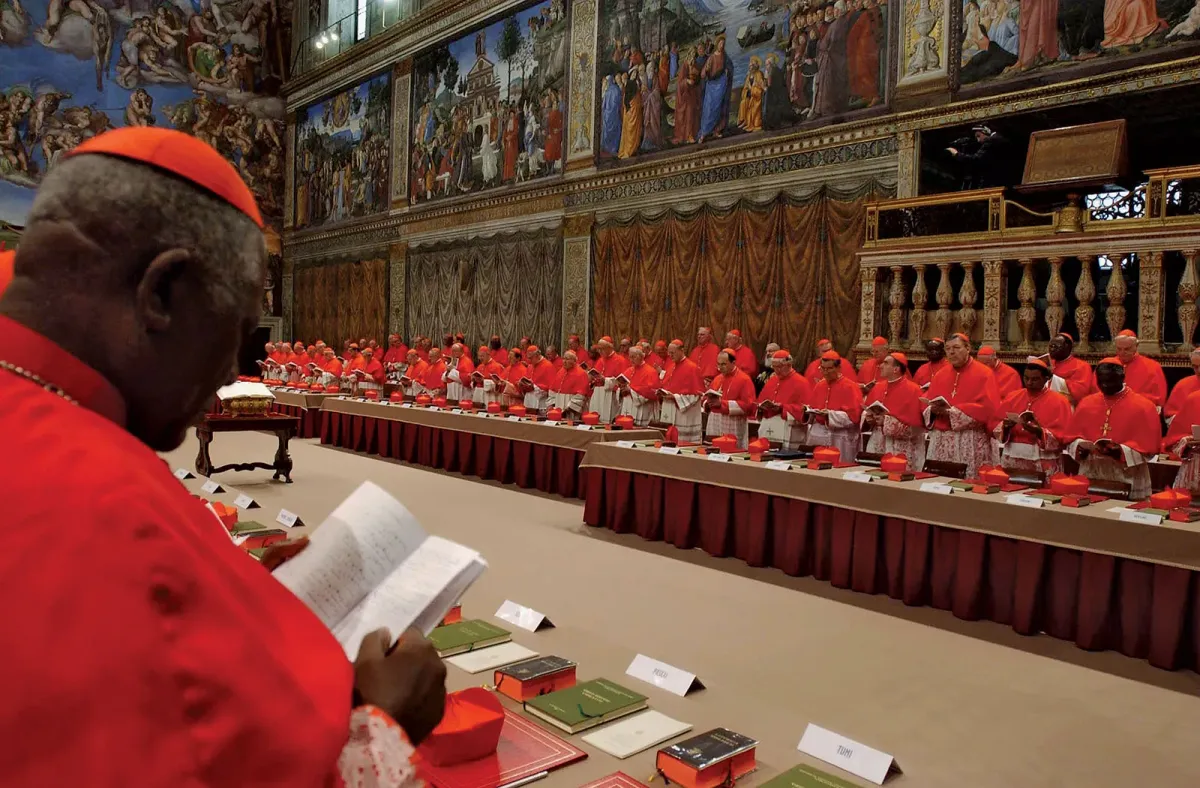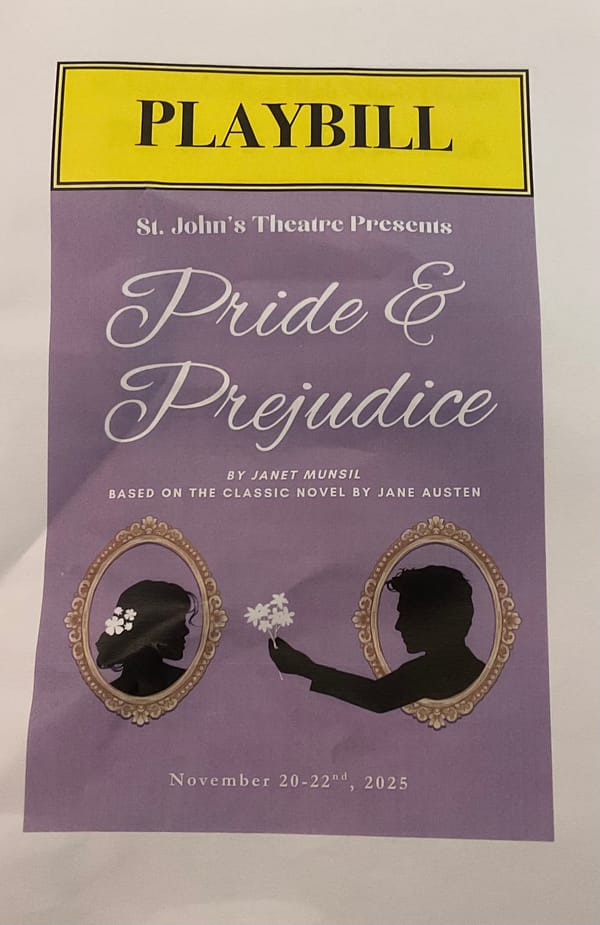Inside the Conclave: How the Next Pope Will Be Chosen

A Sacred Transition: How the Catholic Church Elects a New Pope
The world mourns the passing of Pope Francis, a spiritual shepherd known for his humility, compassion, and tireless pursuit of justice. For many Catholics—myself included—his death feels deeply personal. As we pray for the repose of his soul, we also look ahead to one of the most sacred and secretive traditions in the Catholic Church: the election of a new pope.
So, how does the Church choose a new Holy Father?
The process begins with a period of mourning known as the "sede vacante" (Latin for “the seat being vacant”), during which the Vatican ceases most ordinary functions. The papal apartment is sealed, and the official ring of the Pope—called the "Fisherman’s Ring"—is destroyed to prevent forgery of papal documents.
Then comes the conclave, the official election process held inside the Sistine Chapel in Vatican City. Only cardinals under the age of 80 are eligible to vote. These cardinals—currently around 120 of them—gather from around the globe. Before entering the conclave, they swear oaths of secrecy and are cut off from all outside communication, including phones and media. The idea is to keep them focused solely on prayer, discussion, and discernment.
Voting begins with a series of ballots cast in the Sistine Chapel. A two-thirds majority is required for a cardinal to be elected pope. After each vote, the ballots are burned. If no pope is chosen, chemicals are added to create black smoke, which rises from the chapel’s chimney, signaling to the world that the Church is still in deliberation. But when white smoke rises, Catholics everywhere know: Habemus Papam—“We have a pope.”
The elected cardinal is then asked two questions:
- Do you accept your canonical election as Supreme Pontiff?
- By what name shall you be called?
Once he accepts, the new pope dresses in white papal garments and steps out onto the balcony of St. Peter’s Basilica to greet the faithful and give his first blessing, Urbi et Orbi—to the city and the world.
This process, rooted in centuries of tradition, reflects the weight and significance of the papacy. As young Catholics watching history unfold, we are reminded that while popes may change, the faith endures.



